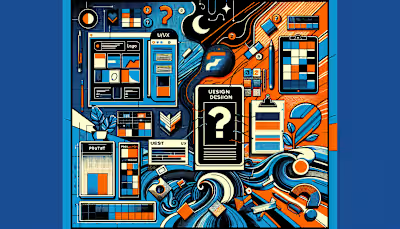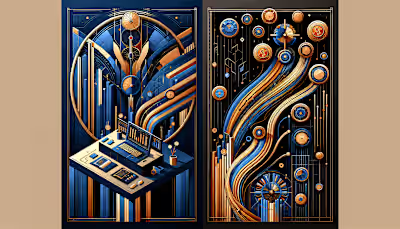Hire Local vs. Remote: The Graphic Designer Location Dilemma Solved

Hire Local vs. Remote: The Graphic Designer Location Dilemma Solved
What Is the Local vs. Remote Issue
Top Advantages of Local Designers
1. Close Collaboration
2. Cultural Understanding
3. Community Impact
Top Advantages of Remote Designers
1. Diverse Talent
2. Flexible Costs
3. Faster Turnarounds
Key Considerations for Making the Right Choice
Ways to Mix Local and Remote Collaboration
1. Local Lead With Remote Assistants
2. Specialized Global Experts
3. Shared Tools and Platforms
Could a Commission-Free Approach Help?
Frequently Asked Questions About Hiring Local vs. Remote Graphic Designers
What is the typical budget range for local or remote hires?
Why do some businesses prefer local designers even if remote is cheaper?
Where do freelancers on commission-free platforms fit into this?
Final Thoughts on Choosing the Best Option
Hire Local vs. Remote: The Graphic Designer Location Dilemma Solved
What Is the Local vs. Remote Issue
Top Advantages of Local Designers
1. Close Collaboration
“Sometimes sketching on a napkin during a coffee break solves more than five Slack threads ever could.” ☕✏️
2. Cultural Understanding
3. Community Impact
“Supporting local talent might not make the project cheaper, but it often makes the client’s brand feel closer to home.” 🏡
Top Advantages of Remote Designers
1. Diverse Talent
“Hiring remote is like browsing a global design market—every stall has something you didn’t know you were looking for.” 🌍🎨
2. Flexible Costs
3. Faster Turnarounds
“Design never sleeps when your team spans three continents and two hemispheres. Just don’t forget who’s on daylight saving time.” 🕓🌐
Key Considerations for Making the Right Choice
“If your team still prints designs for review, remote collaboration won’t save time—it’ll add layers.”
Ways to Mix Local and Remote Collaboration
1. Local Lead With Remote Assistants
“Think of it like a film set: the director’s local, but the post-production team might be in another country editing overnight.” 🎬🌍
2. Specialized Global Experts
3. Shared Tools and Platforms
“It’s like having a local studio with satellite designers around the world—minus the overhead and timezone headaches.” 🛰️✍️
Could a Commission-Free Approach Help?
Frequently Asked Questions About Hiring Local vs. Remote Graphic Designers
What is the typical budget range for local or remote hires?
“It’s not just about hourly rates—local hiring adds hidden costs like workspace, while remote hiring adds coordination time.”
Why do some businesses prefer local designers even if remote is cheaper?
“Sometimes it's easier to explain a brand vibe over coffee than over a 12-hour time difference.” ☕🕐
Where do freelancers on commission-free platforms fit into this?
“No middleman = no weird pricing math, no platform tax, no delays when you need a last-minute revision.” 💬💸
Final Thoughts on Choosing the Best Option
Posted Apr 13, 2025
Hire local vs remote graphic designer? Compare costs, collaboration, and culture to choose the best fit for your next creative project.









